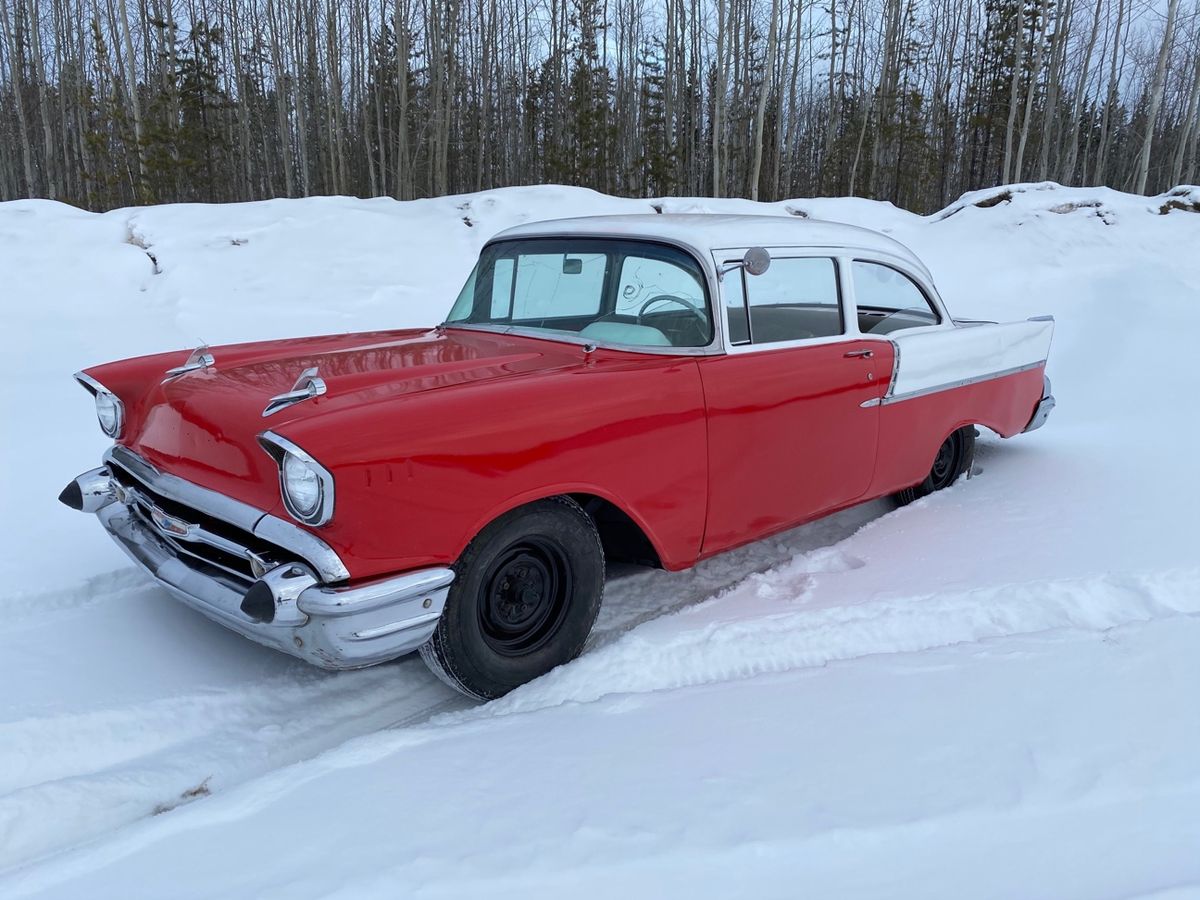About
Located in Fort Nelson, a town of 5,000 or so at Mile 300 of the Alaska Highway, this museum covers the history of the city beginning in 1805. It was started by the legendary Marl Brown (who sadly passed away in June 2021), and his ever-supportive and patient wife, Mavis.
Brown was assigned by the Canadian Army in 1957 to repair their vehicles. He became intrigued by the many machines and vehicles abandoned along the roadside during the World War II-era building of the Alaska Highway. So he began a salvage project.
Some 3o years later, he opened the museum (in part raising funds by shaving off his beard), and now, the packed area features an old local church, post office, trapper’s cabin, telephone lodge, Hudson’s Bay office, blacksmith’s foundry, and many more collections—from the expected to the eclectic.
Given its location, it’s not surprising that the main theme of the museum is transportation, and Brown’s beloved antique car and truck collection is at its heart. The garage is fender-to-fender with a few dozen vehicles of all kinds, from wagons and Model T Fords, to delivery trucks and 1950s art deco beauties.
Almost all of the vehicles still work, with photos of Brown at the wheel to prove it. Outside, the caterpillars, bulldozers, and heavy mining equipment still stand as a tribute to the engineering marvel that was the ALCAN.
Back inside, the museum is a treasure trove, with every spare inch covered with license plates, road signs, photographs, maps, badges, bottles, and wagons to name a few. There’s also the Olympic uniform Brown wore when he carried the torch through town.
One of the creatures inside the museum is an albino moose, as well as an example of the Northern Woolly spider. Small, black, and gray, it was discovered by Ray Puttonen of the former Trapper Ray’s RV site and lodge at the Lizard Host Springs.
Related Tags
Know Before You Go
Open 10 a.m.- 6 p.m. daily (seasonal hours - always check in advance)
Outside the museum is a bronze statue of the Chadwick Ram. Unveiled in 1996 as a tribute to what is still the world’s largest recorded Stone Sheep (found in 1936), it was commissioned by the Guides and Outfitters Association of British Columbia and is the symbol of the Wild Sheep Foundation.
Published
July 2, 2020




































































